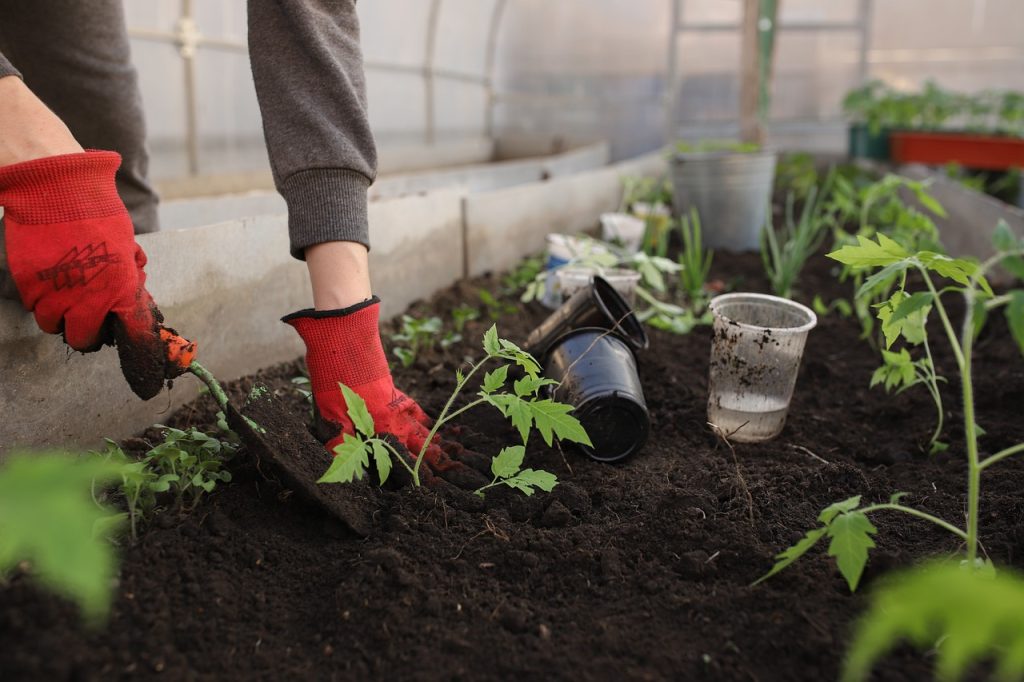Urban living comes with limited space, especially outdoors. But just because your living space is small doesn’t mean you can’t create a vibrant mini-garden right outside your door. Whether you have a small city balcony or a larger terrace, growing a lush garden is easier than you think.
In this post, we’ll share practical tips for turning your balcony into a thriving mini-garden, no matter how tight your space may be.
1. Assess Your Space and Light Conditions
Before you start planting, it’s essential to assess your balcony space and its light conditions. The amount of sunlight your balcony gets will determine which plants thrive best in your mini-garden. Take note of the following:
- Full Sun: If your balcony gets 6-8 hours of direct sunlight per day, you can grow a wide range of plants, including vegetables, herbs, and flowers.
- Partial Sun: If your balcony gets 3-6 hours of sunlight per day, opt for plants that can tolerate some shade, like leafy greens, certain herbs, or begonias.
- Shade: If your balcony only gets a few hours of sunlight or none at all, focus on plants that thrive in low-light conditions, such as ferns, hostas, or some types of lettuce.
2. Choose the Right Containers
Since you’re not planting in the ground, you’ll need to find the right containers for your garden. The key is selecting the right size, material, and drainage options. Here are some tips for choosing the best containers for your balcony garden:
- Size: Ensure your containers are large enough for plants to grow comfortably. Small pots are fine for herbs or succulents, but vegetables and flowers may need larger containers to develop strong root systems.
- Material: Consider the weight and durability of the container. Plastic pots are lightweight and inexpensive, while terracotta or ceramic pots are more attractive but heavier. Choose based on your balcony’s weight limits, typical wind conditions, and your personal aesthetics.
- Drainage: Make sure all of your containers have drainage holes to prevent water from pooling at the bottom. Excess moisture can lead to root rot, so proper drainage is crucial for plant health.
3. Grow Vertical with Planters and Racks
Vertical gardening is the secret to maximizing space on a small balcony. Instead of just using the floor for containers, make use of walls, railings, and even ceilings. Here are a few ways to create vertical gardening space:
- Wall-Mounted Planters: Install shelves, racks, or pockets on your balcony walls to hold plants. This is an excellent option for growing herbs, small flowers, or strawberries.
Trellises: Use a trellis system for climbing plants like tomatoes, cucumbers, peas, or even certain types of flowers. A trellis allows plants to grow upward, saving valuable floor space. - Hanging Baskets: Suspend baskets from the ceiling or railing to grow plants like petunias, fuchsias, or herbs. Hanging plants add color and dimension to your garden while freeing up space below.
4. Select Space-Saving Plants
Try to choose plants that fit well in tight spaces. Focus on compact, low-maintenance plants that don’t require excessive room to grow. Here are some great plant options for small balconies:
- Herbs: Herbs like basil, parsley, mint, and thyme thrive in small containers and don’t take up much space. You can grow them in window boxes or on small shelves.
- Leafy Greens: Lettuce, spinach, arugula, and kale are excellent options for small spaces. These plants grow quickly and are great for balconies with partial sun.
Compact Vegetables: Many seed companies now offer compact vegetable varieties specifically designed for container gardening. - Flowers: Opt for smaller flowering plants like marigolds, pansies, or geraniums. They’re perfect for adding color to your garden without taking up too much space.
5. Use Companion Planting to Maximize Yield
Companion planting is a gardening strategy that involves growing different plants together to benefit each other. This approach is especially useful in small spaces because it maximizes plant productivity and helps prevent pests. For example:
- Herb and Vegetable Pairing: Grow basil with tomatoes, as basil can help repel pests like aphids and whiteflies.
- Flowers and Vegetables: Marigolds are great for companion planting because they attract pollinators while repelling pests. Plant them alongside vegetables like peppers or squash.
6. Invest in Efficient Watering Systems
Proper watering is critical for container gardening, especially when space is limited. Without the right system in place, watering your plants can become time-consuming and inefficient. And keep in mind that overwatering can be just as damaging as underwatering. Here are a few watering solutions for small-space gardens:
- Self-Watering Containers: Consider investing in self-watering containers, which have a built-in reservoir that helps keep soil consistently moist. These are ideal for balcony gardens where plants may dry out quickly.
- Drip Irrigation: If you have multiple plants on your balcony, a drip irrigation system can ensure each plant receives the right amount of water. Drip systems are efficient, conserve water, and are easy to set up.
- Watering Cans: For a more hands-on approach, a lightweight watering can with a long spout makes it easier to water your plants without spilling.
7. Plan for Seasonal Changes
Urban balconies can be subject to fluctuating weather, so it’s essential to plan for seasonal changes. Here are a few tips to help your mini-garden adapt throughout the year:
- Winter Care: If you live in a cold climate, use fabric plant covers or bring potted plants indoors to protect them from frost.
- Seasonal Rotation: Rotate your plants to suit the season. In the spring and summer, plant sun-loving vegetables and flowers. In the fall and winter, focus on hardier greens, root vegetables, and decorative plants.
- Portable Containers: Choose lightweight containers that are easy to move in case you need to relocate your plants for better weather protection.
Transforming your balcony into a mini-garden is a rewarding project that allows you to enjoy fresh food, beautiful flowers, and a sense of connection to nature—right in the heart of the city. By assessing your space, selecting the right plants, and utilizing space-saving techniques, you can create a vibrant, productive garden, even in the tightest of spaces.






